Optimal Seasons for Rubber Roof Service
Rubber roof service is most effective when performed during specific seasons that allow for optimal inspection, repair, and maintenance. Proper timing ensures the longevity and durability of rubber roofing systems, which are known for their flexibility and resistance to weathering.
Spring is ideal for rubber roof inspections after winter, allowing identification of damage caused by snow and ice buildup.
Summer provides warm, dry weather suitable for repairs and coating applications, ensuring proper adhesion and curing.
Fall is suitable for preventative maintenance before winter, addressing minor issues to prevent cold weather damage.
Winter service is less common but can be performed in mild conditions to address urgent repairs or sealant applications.
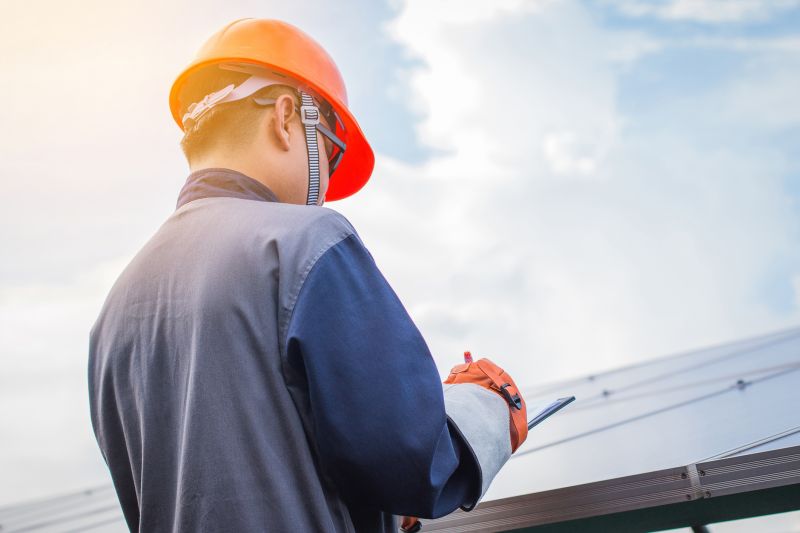
Technicians inspecting a rubber roof for tears and punctures.
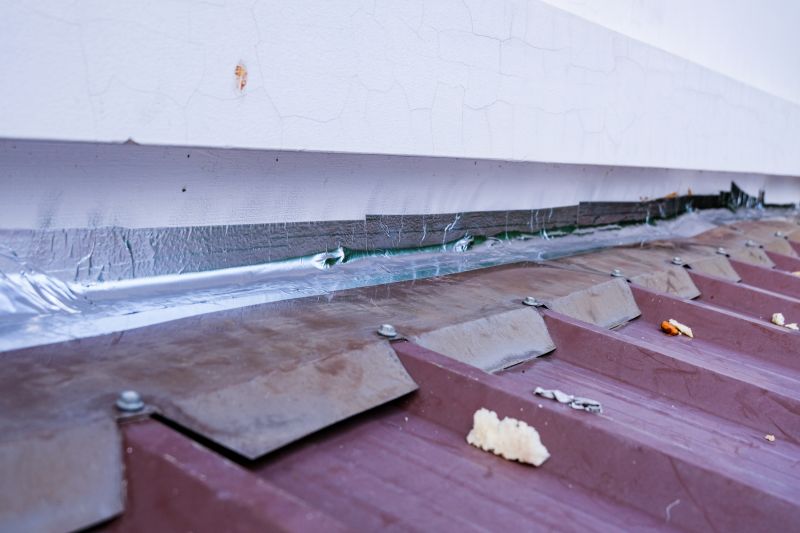
Applying sealant and patching damaged areas on a rubber roof.
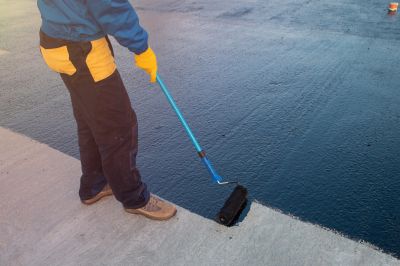
Coating being applied to extend the lifespan of a rubber roof.
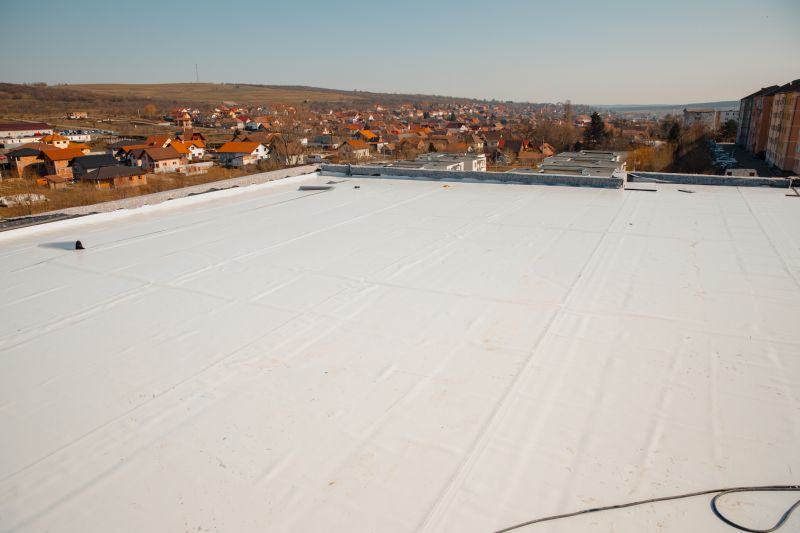
Ways to make Rubber Roof Service work in tight or awkward layouts.
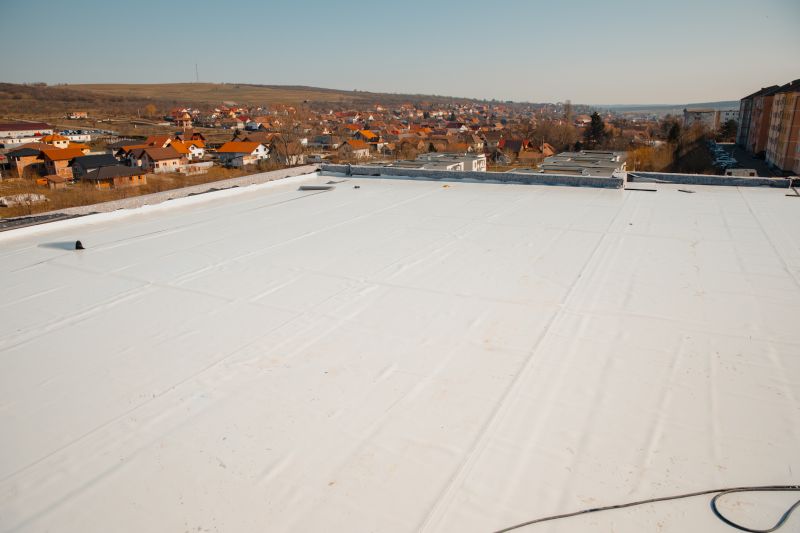
Popular materials for Rubber Roof Service and why they hold up over time.
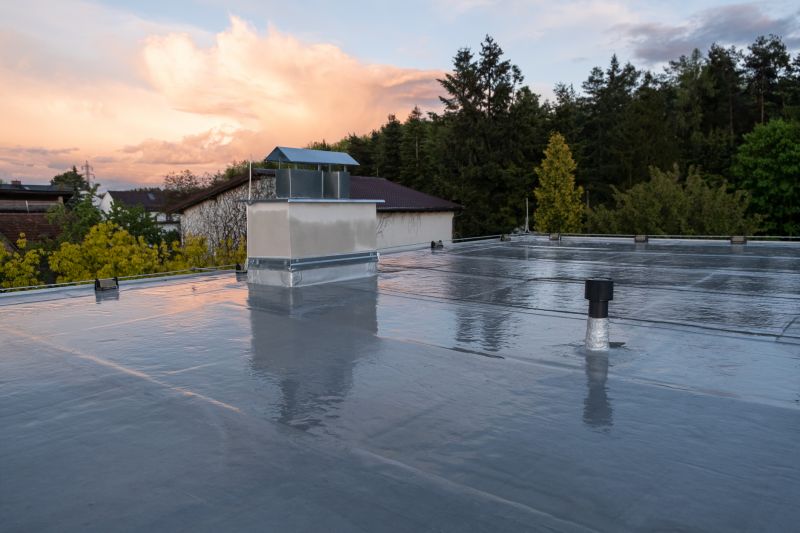
Simple add-ons that improve Rubber Roof Service without blowing the budget.
Rubber roofing systems are popular for their durability, flexibility, and resistance to weathering. They are often used in commercial and residential applications, providing a waterproof barrier that can withstand harsh conditions. Proper service and maintenance are essential to maximize their lifespan, which can reach up to 50 years with appropriate care. Regular inspections, timely repairs, and protective coatings help prevent leaks, tears, and UV damage, ensuring the roof's integrity over time.
| Season | Recommended Activities |
|---|---|
| Spring | Inspect for winter damage, clean debris, and perform minor repairs. |
| Summer | Apply coatings, conduct repairs, and perform thorough inspections. |
| Fall | Address minor issues, reinforce vulnerable areas, and prepare for winter. |
| Winter | Perform urgent repairs if weather permits, focus on sealing and damage control. |

A technician sealing a tear on a rubber roof.

Applying protective coating on a rubber roof surface.

Close-up of a detailed rubber roof inspection.

Performing routine maintenance on a rubber roof.
Timely rubber roof service enhances performance and extends the lifespan of the roofing system. Regular inspections help detect early signs of damage, such as cracks, punctures, or UV degradation. Addressing these issues promptly prevents costly repairs and potential leaks. Protective coatings can further shield the roof from UV rays and weather exposure, contributing to its durability and performance over decades.
Interested parties are encouraged to contact for more information or to schedule a service. Proper timing and maintenance are vital to ensuring the longevity and effectiveness of rubber roofing systems, making professional service an essential part of roof care.
